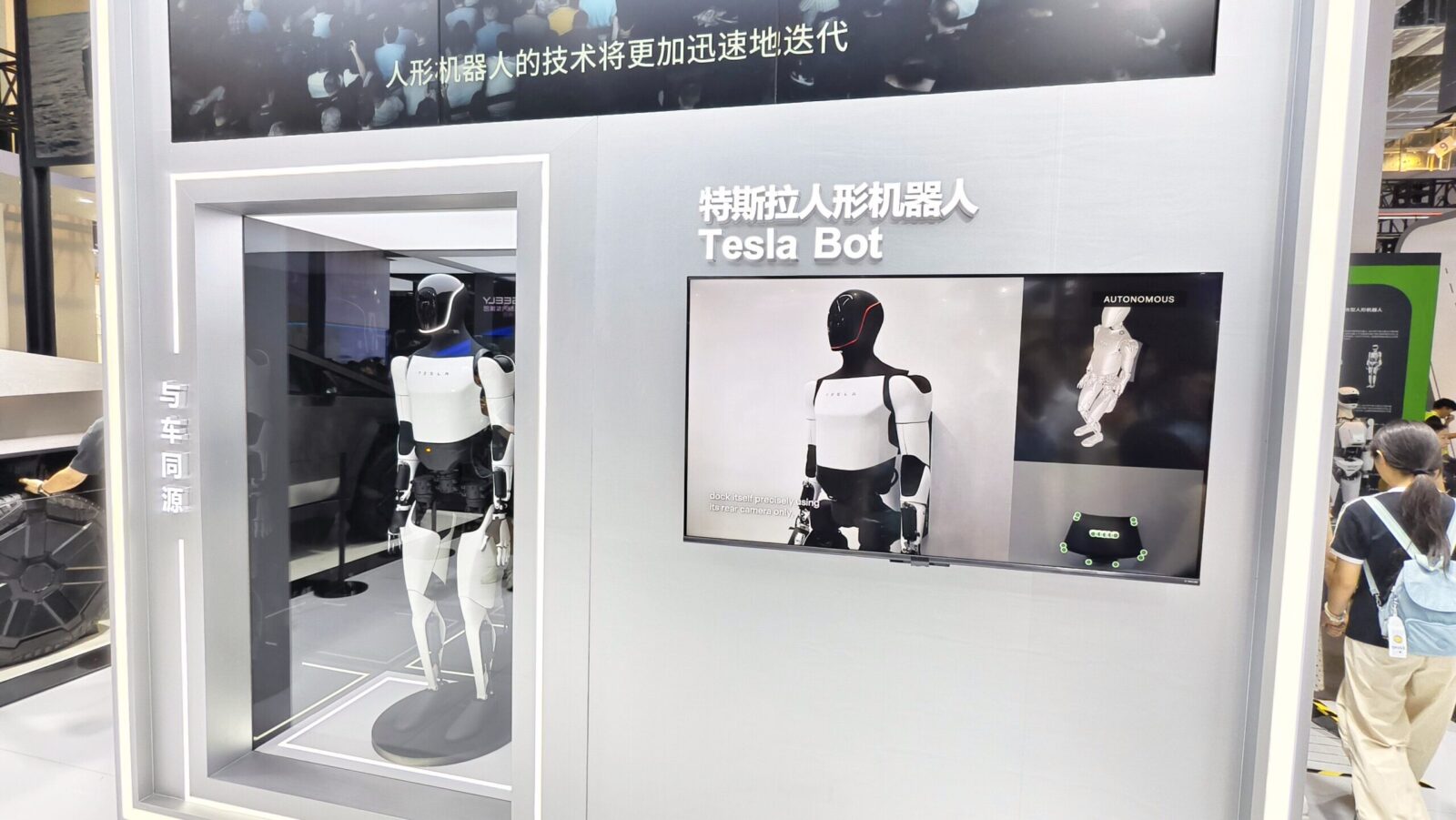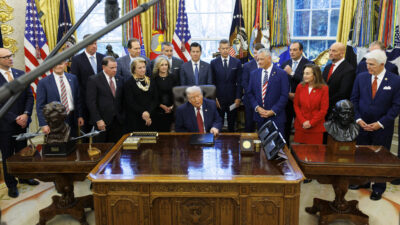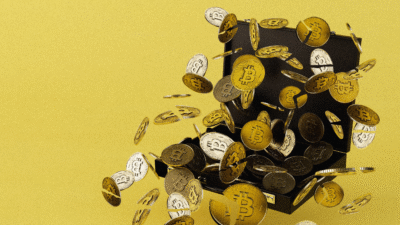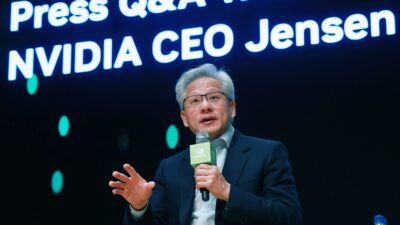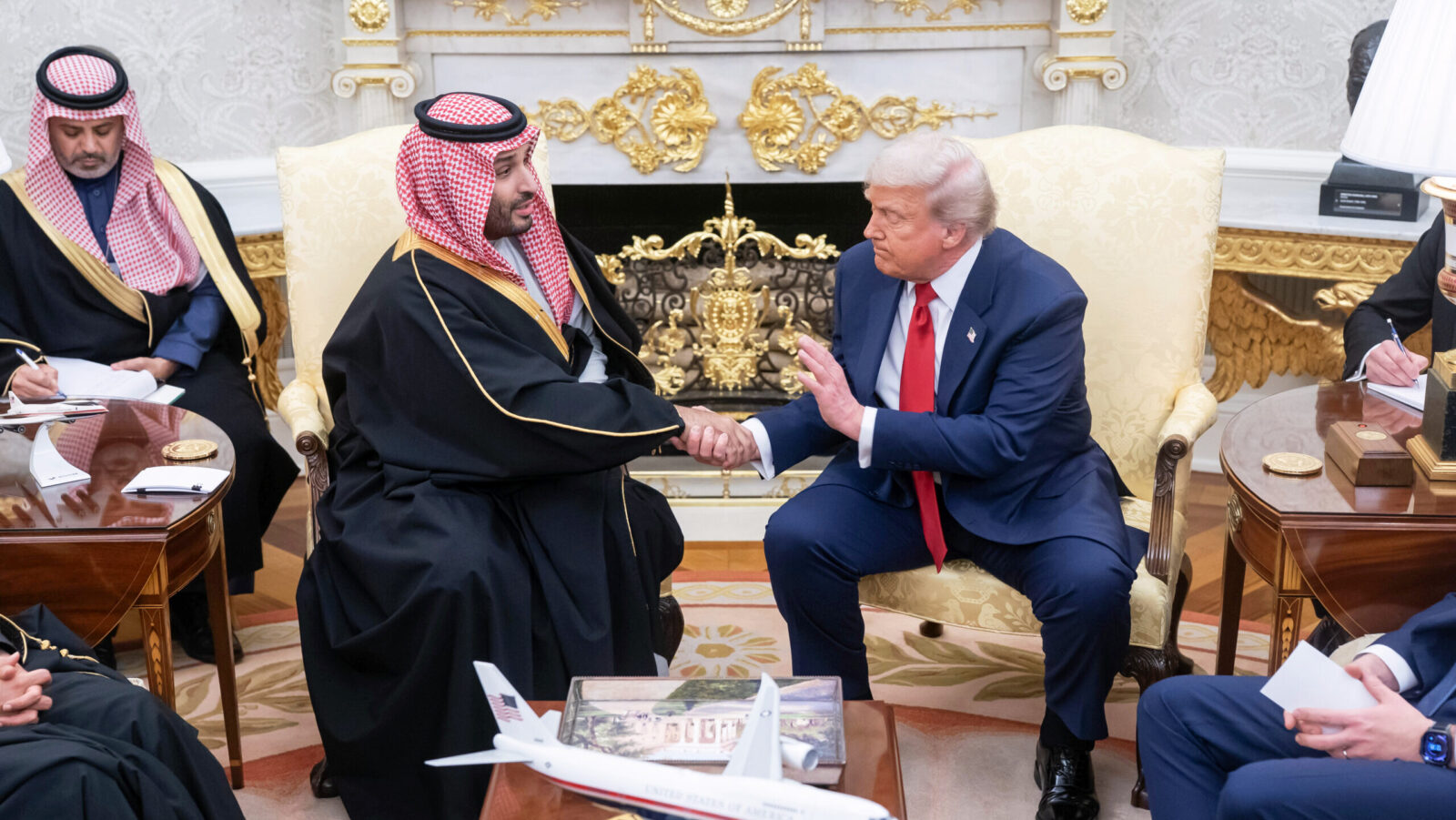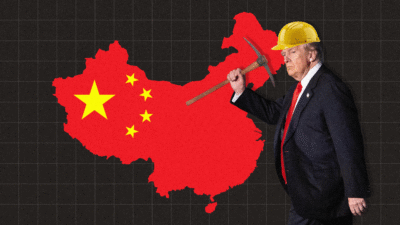Washington Trade Talks With Beijing Drive S&P 500 Toward Record High
The on-off dynamic of the US-China economic relationship so far this year would make the writing rooms of most soap operas blush.
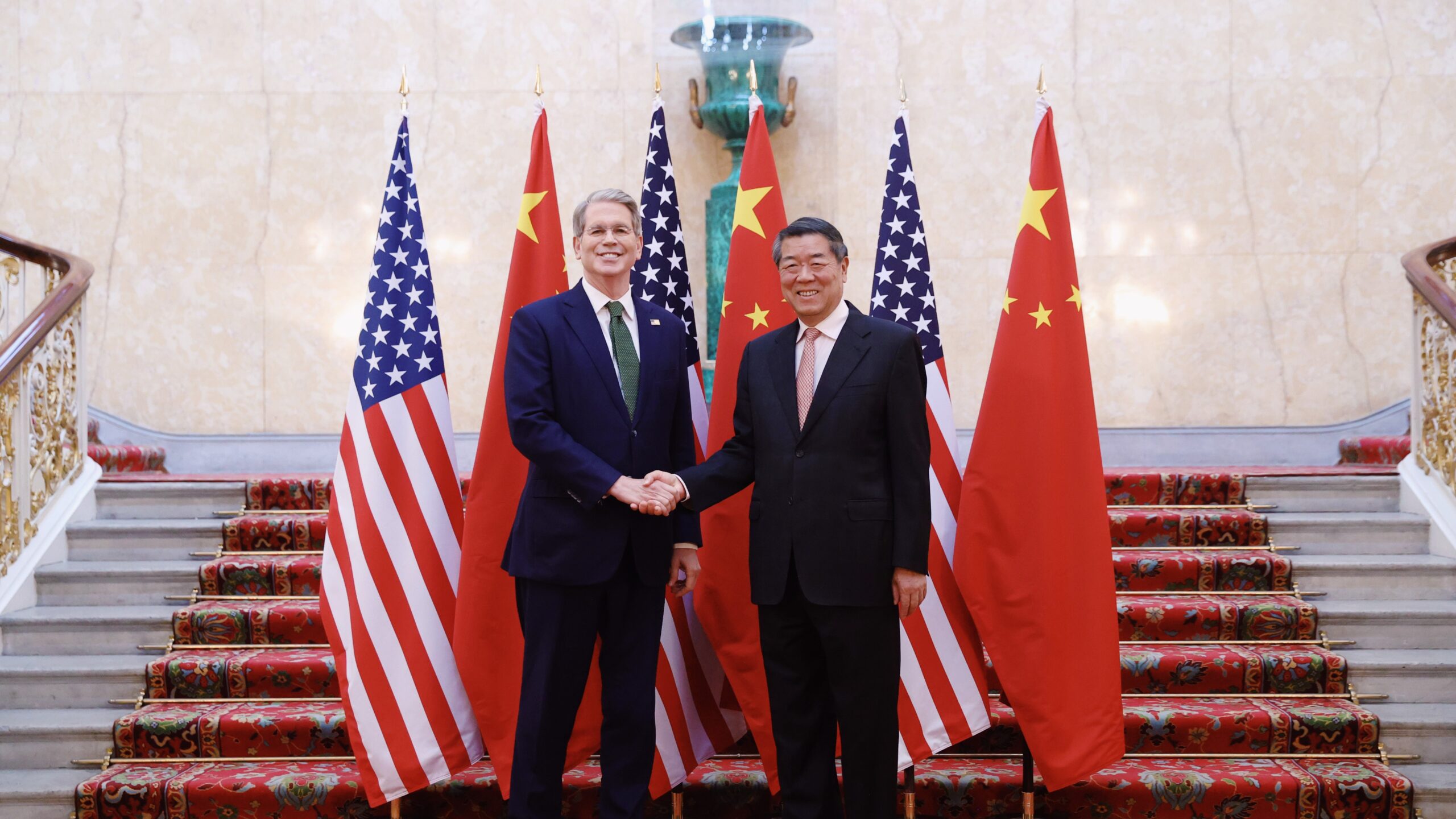
Sign up for smart news, insights, and analysis on the biggest financial stories of the day.
When the entire world economic order rests on the progress of your work meeting, it’s definitely wise to order in. US and Chinese negotiators — decamped to London to hash out their nations’ differences over trade — opted for delivery from one of the British capital’s best Middle Eastern restaurants, Ottolenghi, during an extensive round of talks Monday. It sounds like the hummus went over well.
Envoys from the world’s two major economic powers worked through dinner, and Treasury Secretary Scott Bessent called the day’s six-hour talks a “good meeting” while Commerce Secretary Howard Lutnick hailed them as “fruitful.” Buoyed by negotiators from the two sides breaking (one assumes pita) bread together, the S&P 500 approached its February high.
Playing Nice for a Change
The on-off dynamic of the US-China economic relationship so far this year would make the writing rooms of most soap operas blush. President Donald Trump started by increasing tariffs on the world’s second-largest economy, culminating with a 145% tariff on Chinese imports in early April, which prompted China to retaliate with a 125% tariff on US goods in response. In the wake of Trump’s “Liberation Day” levy announcement, the World Trade Organization’s chief economist warned that global trade would fall 0.2% in 2025, ending up 3% below where it would have been without a trade war.
Days after the announcement, the S&P plummeted to as much as 19% below its record high of 6,144.15, set on February 19. Markets steadily recovered and banks, which had slashed year-end projections, grew more optimistic. But both sides dug in for leverage in advance of talks: Washington banned the use of advanced Chinese-made microchips and put new restrictions on selling some chip design and jet engine technologies to China. Beijing restricted the export of critical rare earths — which it produces about 90% of — leaving the supply chains of automakers, semiconductor manufacturers, defense firms, and aerospace manufacturers in jeopardy. For markets, Monday yielded a day free of that drama, pointing toward calm:
- Kevin Hassett, the head of the White House’s National Economic Council, told CNBC that after a “handshake” between negotiators in London on a deal between Trump and Chinese President Xi Jinping, the administration expects that “any export controls from the US will be eased and the rare earths will be released in volume” from the Chinese side. The S&P 500 rose a cautious 0.09% and closed at its highest since February 21, just over 2% away from a new record high.
- China issued its latest trade figures, showing ample cause for it to make a deal: Export growth slowed to 4.8% year over year in May, down more than three percentage points from April’s 8.1% expansion. More dramatically, rare earth exports fell 48.3% year over year to $18.7 million in May, according to General Administration of Customs data.
Pump the Gas: Hassett clarified that the highly sophisticated US AI chips, like those made by Nvidia, will remain off the table as concessions, but there were signs of early horsetrading in the days leading up to Monday’s talks, suggesting that won’t be a roadblock. China’s Ministry of Commerce announced on Saturday that it greenlit several applications for rare earth exports and would entertain negotiations for more. Beijing also granted temporary export licenses for rare earths to Detroit’s Big Three carmakers — GM, Ford and Stellantis — sparing the US from a panic that has threatened to shut down some European auto plants.
